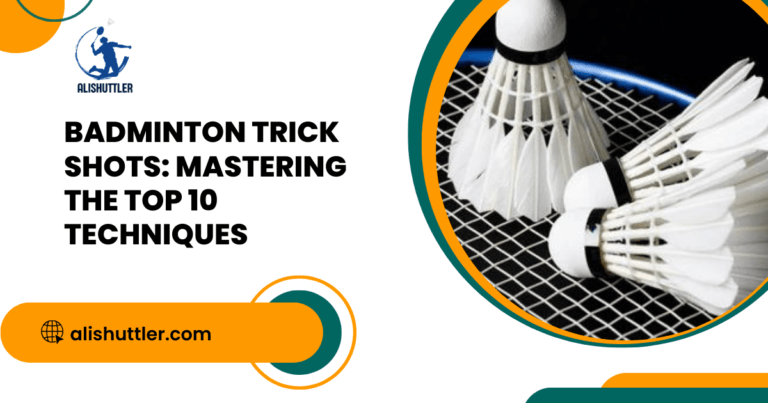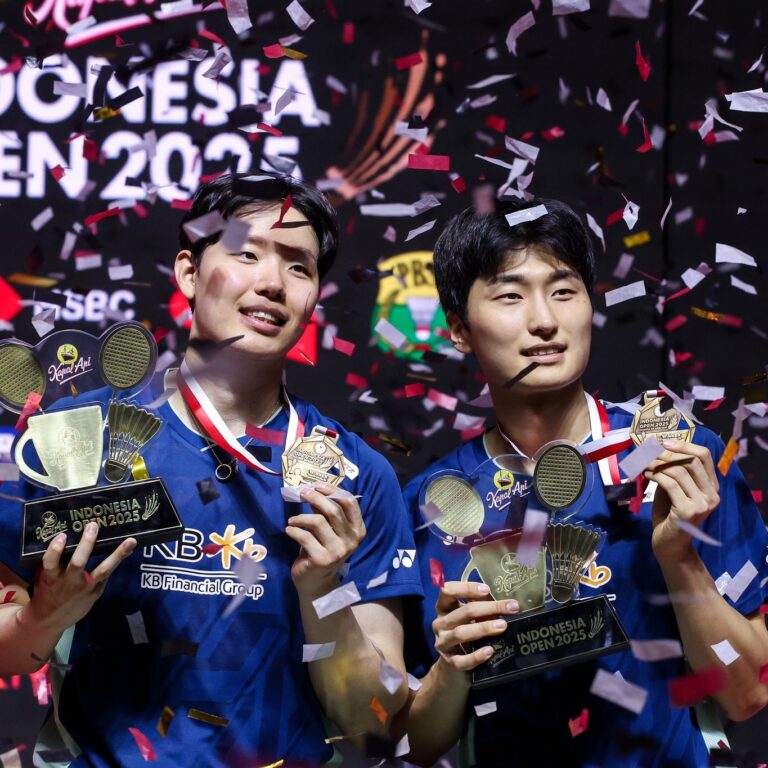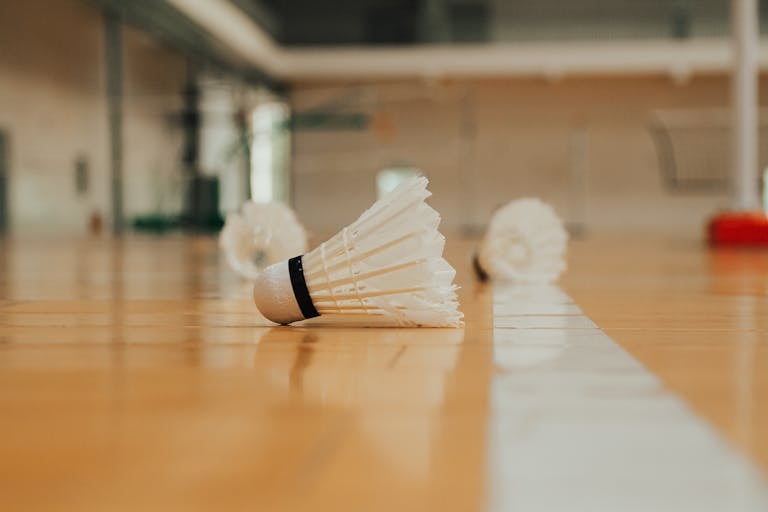These muscle groups are connected to one another and function collectively to assist with bodily movement and provide support.
Major muscle groups such as chest, back, arms, legs, shoulders and core are essential. Both groups are crucial for everyday activities, athletics, and working out.
Understanding which muscle groups are at work during each movement aids in safe training and effective strength gains. The bulk of this post dives deeper into each group and their primary responsibilities.
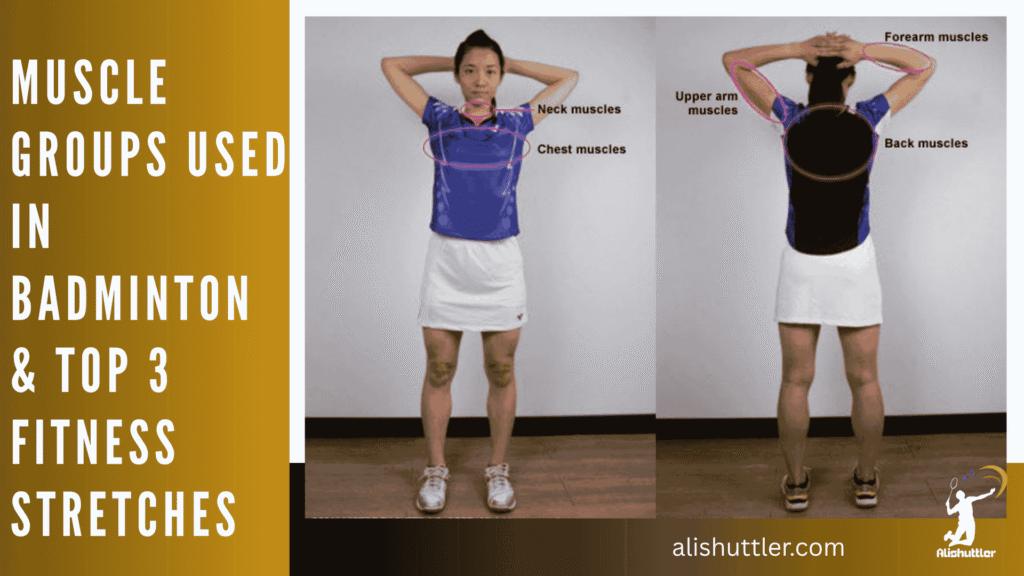
What Are Muscle Groups?
Muscle groups are groups of muscles that move a joint or body part collectively. These muscles assist us in completing everyday activities, sports, or any sort of stretching. There are over 650 muscles in the human body, but for training/fitness, we group them into muscle groups that function for the same task.
They’re usually named by either their location on the body or anatomical function. For instance, ‘chest’ refers to the pectoral muscles, whereas ‘back’ encompasses the latissimus dorsi, trapezius and rhomboids.
These groups are each composed of multiple muscles. The quads in your thigh are a good sample. It’s not one muscle, but a group of four that straighten your knee. The same principle applies for the hamstrings on the back of the thigh, or the deltoids on the shoulder.
Chest, back, legs, arms, and shoulders, when we say muscle groups. Your arms’ biceps and triceps work in tandem, but in opposition—biceps bend the elbow, triceps straighten it. Your gluteal muscles, or glutes, comprise your buttocks and assist with movement at the hip.
Muscle groups are important to the function of the muscular system as a whole. They don’t work solo. When you extend toward an object, your shoulder, arm, and back muscles all contribute.
Your back’s lats, for example, assist in pulling your arm down and back, such as when performing a pull-up. This collaboration is what enables our bodies to perform complex movements. It maintains our bodies’ stability and balance.
Understanding muscle groups aids us in planning effective workouts. If you understand which muscles do what, you can select the right exercises. Compound moves such as squats, deadlifts or bench press exercises engage more than one muscle group simultaneously.
A squat, for instance, engages the quadriceps, hamstrings, and glutes — as well as a few back muscles to stabilize your frame. Training these groups together can save time and make workouts more efficient.
Well-balanced strength training refers to targeting all of the major muscle groups. Concentrating just one group, like arms, creates weak spots — and even injury.
By training chest and shoulders, or back and biceps together, you ensure no region gets skipped. This maintains the body strong and in good form for life or sports.
The Seven Major Groups
Seven major groups of muscles are responsible for your body moving, standing and staying balanced. They assist with posture, joint stability and injury prevention. Each group has its own role and sits in a different area of the body, so knowing where they are helps target them in workouts.
Working them all maintains a balanced, strong body.
| Muscle Group | Location | Main Muscles | Key Function |
|---|---|---|---|
| Chest | Upper torso | Pectoralis major, minor | Push motion, arm movement |
| Back | Upper/mid/lower back | Latissimus dorsi, trapezius, rhomboids | Pulling, posture, spinal support |
| Shoulders | Top of upper arms | Deltoids, rotator cuff | Lifting, rotation, overhead motion |
| Arms | Upper limbs | Biceps, triceps, forearms | Flexion, extension, grip strength |
| Legs | Thighs, calves | Quadriceps, hamstrings, calves | Walking, running, jumping |
| Abdominals | Front of torso | Rectus abdominis, obliques | Core stability, trunk rotation |
| Glutes | Buttocks | Gluteus maximus, medius, minimus | Hip extension, balance, posture |
Training each group will help keep your muscles balanced and prevent issues like bad posture and injury. A powerful musculature enhances your mobility and daily sense of well-being.
1. Chest
The chest muscles are the pectoralis major and minor. These muscles assist in moving your arms forward, up and across your body. They assist with pushing as well and are super important in your ability to stand tall.
Bench presses and push ups are two of the best methods to increase the size and strength of your chest. They work the muscle fibers through various angles and various ranges. That translates into improved muscle gain, which benefits both appearance and functional strength.
A robust chest holds the shoulders firm as well as aiding in good posture. This support reduces strain and the potential for injury, particularly for sedentary or desk-bound individuals.
2. Back
The back comprises key muscles such as the latissimus dorsi, trapezius, and rhomboids, which are essential for a solid workout routine. These muscles shine during pull work, like rows, and play a crucial role in maintaining an elongated and tall spine. Your back supports nearly every move you make, from lifting to twisting, making it vital for effective strength training exercises.
Deadlifts, pull-ups, and rows target the major back muscles, increasing strength and muscle size while assisting your posture. A powerful back not only enhances your workout plan but also protects your body during physical activities, reducing the risk of muscle injuries.
Strengthening your back is crucial, as it supports your core and aids in joint movements, whether you’re playing sports or moving furniture. Incorporating these exercises into your weekly workout can lead to significant muscle gains and improved overall performance.
3. Shoulders
Shoulders consist of the deltoids and rotator cuffs. These allow you to raise your arms, rotate and reach overhead. They assist in holding the shoulder joint in place, reducing injury.
Shoulder presses and lateral raises activate the deltoids in different ways. These moves are fundamental to size and strength building.
Shoulder strength is crucial for swimming, throwing or weightlifting. It contributes to upper body strength and provides the arms with a powerful foundation.
4. Arms
Arm muscles are the biceps, triceps and forearms. Biceps flex the elbow, triceps extend it and forearms assist in grip.
Curls and tricep extensions develop muscle and add strength. Both moves are easy to incorporate into most workouts.
Powerful arms assist you pulling, lifting and hugging. Balanced arm training keeps your arms looking even and aids with grip in sports.
Strong arm-flexors means it’s easier to do things like carry bags or play ball.
5. Legs
Primary leg muscles are the quads, hammies and calves. Quads allow you to stand and climb stairs, hamstrings flex the knee and extend the hip and calves propel the foot off the ground.
Squats and lunges are our #1 leg strength favorites. They exercise a lot of muscles simultaneously and can be adapted for every ability.
Legs fuels your strides, leaps and sprints. They maintain your equilibrium and assist in athletics or heavy labor.
6. Abdominals
The major abdominal muscles are the rectus abdominis and obliques. These muscles assist you in bending, twisting, and maintaining spinal stability.
Crunches and planks are basic but powerful moves for the abs. They assist in carving out the six-pack and building sports strength.
A rock solid core keeps the spine aligned, reduces injury risks, and improves balance. It smooths daily moves.
7. Glutes
Glute muscles govern hip motions and help you stand tall. They are the gluteus maximus, medius, and minimus.
Hip thrusts and squats are the top for really getting those glutes stronger. They employ heavy weights and large stretches.
Strong glutes keep the hips and back protected. They fuel your athletic strength and ease of movement.
Glute strength supports posture and relieves stress on the lower back.
The Five Core Movers
The five core movers are at the center of body workout and posture. These muscles do the heavy lifting to keep the trunk solid and stable, assist the body to move gracefully, and reduce the chances of sprain. They serve as the front line of defense against sloppy movement patterns and are fundamental for anybody that wants to move well—be it in sports, at work, or in everyday life.
They team up with the smaller muscles, such as the transversus abdominis and multifidus (the stabilizers), as well as with the pelvic floor and diaphragm. This collaboration allows the body to maintain stability and control, from light steps to power lifting, which is essential for any workout routine.
- Rectus abdominis: bends the spine and keeps the body upright, used in crunches and sit-ups.
- External obliques: let the trunk twist and bend to the side, key for turning the body or reaching sideways.
- Erector spinae: runs along the spine, helps stand up straight and bend backward, vital for posture.
- Quadratus lumborum: found deep in the lower back, helps with side bends and keeps the pelvis level.
- Hip muscle groups: drive the legs, control hip flexion and extension, and help with balance during walking and running.
The core movers divide into two categories. Stabilizers hold the trunk steady, don’t fatigue quickly, and labor in the shadows during virtually every motion. These are slow-twitch muscles, made for endurance, which is vital for a successful workout plan.
Then there are global movers—the five core movers—are fast-twitch and charge the field in bigger moves—like lifting, running or twisting. Their role is to mobilize the spine and hips, but they engage with stabilizer muscles to maintain safety.
The five core movers don’t work solo. Whether tying their shoes or sprinting, they require assistance from the pelvic floor, diaphragm and even shoulders and legs. Take a box off the floor: Your rectus abdominis, erector spinae and hips keep your spine straight, while your obliques assist with balance.
If these movers are weak or can’t work in collaboration, the body begins to resort to bad patterns. This may cause back pain, joint strain or even injury. A weak core in sports can impede speed, throw off balance, and damage performance.
Well-developed core movers lead to moves that are not only smoother but safer and more stable. They’re the secret for good posture and balance, making them crucial for any effective exercise programs.
Muscle Group Synergy
Muscle group synergy is the way muscles act in concert with one another to create movement fluid and powerful. It’s a concept borrowed from neuroscience, where muscle synergy refers to the brain selecting certain patterns to activate multiple muscles simultaneously. These patterns aid in day-to-day movements, sports, and recovery.
Understanding how muscle groups team up to provide synergy allows you to construct better workouts, prevent injuries, and get stronger overall.
Movement Chains
Movement chains are sequences of muscles activations that allow us to move in a coordinated, forceful manner. When you walk, run or lift, muscles fire in sequence. These chains let sophisticated moves like a tennis serve or a squat occur effortlessly.
If one muscle in the chain is weak or out of sync, the entire move can be compromised. The body maintains these links plastic, so that the same job can recruit different muscles if necessary. This flexibility aids in rehab, since you can train opposite chains post-injury.
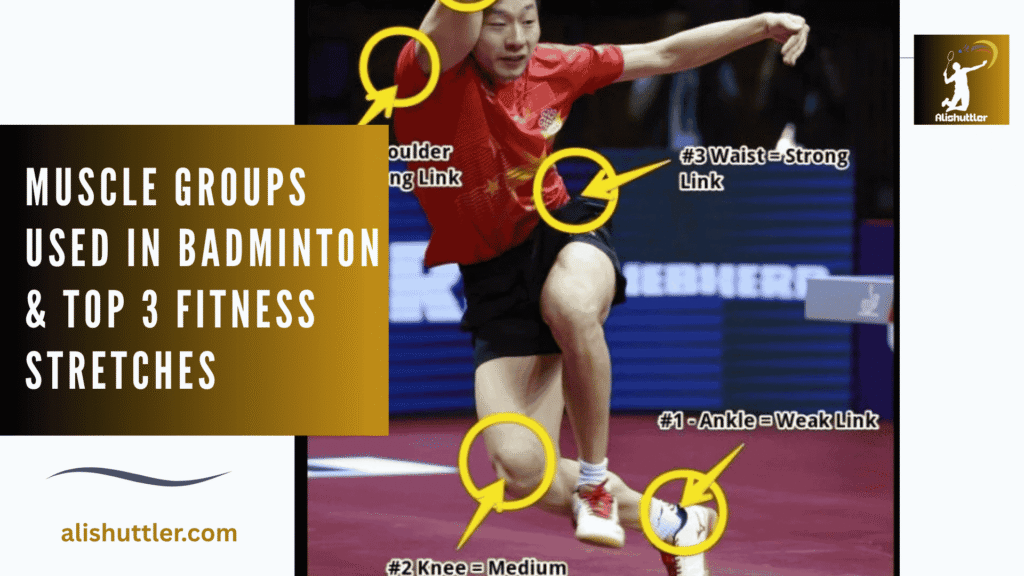
Below is a table of common movement chains across activities:
| Activity | Main Muscle Chains Involved | Example Movements |
|---|---|---|
| Walking | Leg extensors, flexors, stabilizers | Step, stride, balance |
| Swimming | Shoulder, back, core, leg muscles | Freestyle, backstroke |
| Basketball | Hip, knee, ankle, core, arm muscles | Jump shot, sprint, pass |
| Rowing | Back, arm, leg extensors, core | Pull stroke, recovery phase |
Movement chains are huge in injury prevention and recovery. They help distribute the load among multiple muscles, so that no single muscle is strained. They simplify tuning training in rehab, allowing the body to sub in different chains as necessary.
Injury Prevention
Muscle group synergy keeps you safer. If you specialize too much in one location, while neglecting others – you risk muscle imbalances. These can result in typical injuries such as tendonitis, strains, or even joint pain.
Overuse injuries tend to manifest when the same link is overburdened.
- Rotate exercises to train all major muscle groups.
- Use proper form and technique.
- Include rest days to allow recovery.
- Add mobility and flexibility work.
Warm-up and cool down routines count as well. They prime muscles and assist recovery, reducing injury risk.
Training Balance
Training opposing sides of a joint—think biceps and triceps, or hamstrings and quads—provides you strength and keeps your posture in check. If one group gets too strong, you can wind up with bad posture or joint aches.
Imbalances can disrupt your coordination and increase your injury risk. Both agonist and antagonist exercises count. For instance, pairing push-ups with rows balances chest and back muscles.
This type of equilibrium constructs a more defined appearance and improved performance. It prevents the lopsided wear that can result from overusing one side.
Balanced muscle group synergy enables fluid movement and prevents injury.
Training Your Muscles
Training your muscles is MORE than just lifting weights. It’s based on fundamental concepts that fuel strength, elevate endurance, and promote muscle growth. The right approach entails intelligent training, adequate rest and consistent overload.
Here are some core training rules to help guide muscle development:
- Progressive Overload: Slowly make workouts harder over time by adding weight, sets, or reps.
- Variety: Use different exercises and tools, like free weights, machines, or bands, to target muscles from multiple angles.
- Form and Technique: Move safely and with good control to avoid injury and get the most out of each rep.
- Recovery: Give muscles enough time to heal. Research indicates FULL recovery can take up to 48 hours.
- Consistency: Train often. Consistent workouts cause muscles to grow and strengthen over weeks and months.
- Balanced Routine: Include all major muscle groups—don’t skip smaller ones like calves, forearms, or triceps.
- Nutrition: Eat enough protein and energy-rich foods to fuel growth and repair.
- Rest: Sleep well and take rest days. Muscles grow and recover during rest.
Strength
Strength training is essential for getting your body muscles to work against resistance. It develops muscle fibers, strengthens bones, and aids in balance and functional movement. The advantages extend beyond muscle mass—enhanced muscles reduce your chance of injury and even help support your joints. Incorporating a well-structured workout plan can optimize your results.
Others employ free weights such as dumbbells and barbells, while some opt for bands, which provide a full range of motion and are simple to tweak. Each method has unique perks: for example, resistance bands can be safer for joints, while free weights may build stabilizer muscles, contributing to a more effective workout routine.
When training triceps—which constitute roughly two-thirds of the upper arm—it’s wise to blend both varieties. Form is crucial; lifting with bad form can lead to muscle injuries. For instance, the deltoid has seven muscle heads, so employing good shoulder form is critical, whether you’re using heavy or lighter resistance.
Strength training enhances athletic performance, especially for specific muscle groups like the hamstrings. Strong hams assist runners and cyclists, so begin light to avoid tears, particularly if you’re new to strength training workouts.
Endurance
Muscular endurance is how long they can persist in working. This counts for athletics as well as everyday activities, from ascending stairs to lugging bags. Circuit training and high-rep sets are typical methods of developing endurance.
They maintain your heart rate and muscles active for extended periods. Calves, for instance, might require slow reps or pauses quick bouncy motions aren’t always effective for this muscle group. Better endurance equates to less fatigue and speedier recovery.
It aids sports in which endurance is important, such as soccer or rowing. Incorporating endurance work into a routine helps complete fitness. It’s not merely strength staying power counts as well.
Hypertrophy
Hypertrophy is muscle development. It occurs when muscle fibers enlarge following consistent training. Well-designed hypertrophy programs apply moderate weights for 8–12 reps per set.
This sparks growth but is less apt to injure you than heavy, singles-rep lifts. Nutrition is a big piece; you need sufficient protein and calories. Rest is just as important: muscles need time, sometimes 48 hours, to rebuild and grow.
Progress tracking helps. It reveals what’s effective — more reps, heavier weights, better recovery. Heavier weights for abs can train your core strength faster than never-ending light reps.
Grip and Forearm Training
Grip strength is crucial for various workouts and daily activities. Training the three primary types of crush, pinch, and support grip can enhance your workout routine. Strong forearms contribute to effective joint movements, reducing the risk of muscle injuries.
Badminton Muscle Focus
Badminton is a full-body sport that engages various muscle groups simultaneously, including upper body muscles and core muscles. The rapid maneuvers and powerful smashes demand a well-coordinated workout routine, enhancing muscle gains and fitness levels while improving neurological-sensory abilities such as reflexes and focus through consistent physical activity.
Upper Body
Badminton players engage their shoulders, arms, and wrists while directing the shuttle with their racket in every direction. Each shot provides a body workout for your deltoids, biceps, triceps, forearms, and even finger muscles. Strong shoulders are essential for overhead smashes, while forearm and wrist muscles deliver the punch for rapid flicks and net shots.
To build upper body strength and mobility, players commonly perform push-ups, resistance band pulls, and shoulder rotations as part of their workout routine. These motions not only aid in racket control and shot velocity but also enhance the overall effectiveness of their training program. Shoulder stretches and wrist rotations keep joints loose, reducing the chance of injury.
Stamina is the secret weapon in those long matches. Players must maintain arm speed and precision throughout. Without solid upper body endurance, your game can suffer late as well. Powerful shots rely on upper body strength, particularly for smashes and clears, making these great strength training exercises vital for success.
Lower Body
The legs grind in badminton. Quads, hamstrings, calves and glutes all are involved in motion and force. Fast lunges, jumps, sprints are all common, burning through practically every lower body muscle a few dozen times per match.
Lunges, squats and calf raises are really good exercises to build leg strength. These moves keep players light on their feet and able to change direction quickly, which is essential for defense and offense.
Powerful legs are essential for fast footwork. They allow players to respond quickly and poise for shots. Legs provide power for jump smashes and reach shots, so lower body strength is a must.
Core
A strong core is vital in badminton. Your ab muscles, obliques and lower back support fast turns and sudden stops. Good core strength keeps your posture — crucial for both attack and defense.
Planks, Russian twists and leg raises are good core exercises. A strong core can prevent injuries, particularly when you land from jumps or twist sharply.
Dynamic stunts such as jumping out for a shuttle or pivoting on a dime—are smoother with a conditioned core. It allows players to remain stable during rapid movement.
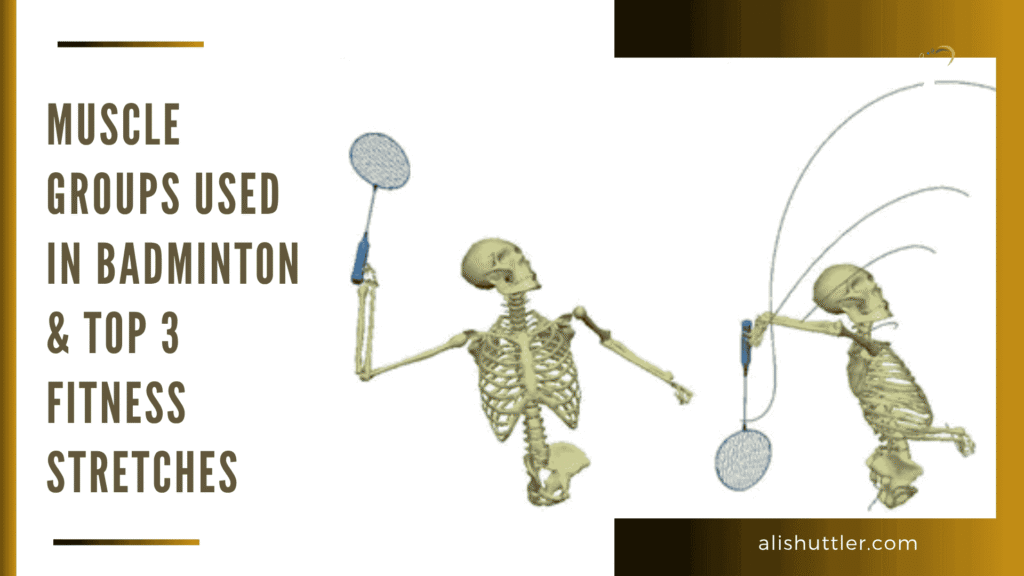
Badminton’s all about that solid core for everything from lightning-fast reactions to grinding out rallies.
Final Thoughts
Muscle groups sculpt the body’s action and strength. Each has a job, from pushing and pulling to maintaining balance. You need to train these groups together to help increase skill and decrease injury risk whether in the gym or on the court. Badminton requires fast feet, a powerful core and stable arms. Mixing up the workout, hitting all these groups, keeps things fresh and drives better gains over time.
Defined focus and intelligent maneuvers construct a strong foundation for any athletic or mundane activity. For maximum success, experiment with new drills, vary your routines, and listen to your body. Want to maximize your training? Begin with a routine that targets each major group.
Frequently Asked Questions
What are muscle groups?
Muscle groups are collections of skeletal muscles that work together to perform specific movements, including upper body movement and leg workouts. Training these different muscle groups enhances strength and coordination.
Why is it important to train all major muscle groups?
By incorporating a workout plan that targets all major muscle groups, you encourage balanced strength, minimize injuries, and contribute to overall health, thus maintaining proper muscle anatomy for daily movement.
What are the seven major muscle groups?
The seven major muscle groups—chest, back, shoulders, arms, legs, core, and glutes—encompass many muscles crucial for a functional workout routine and overall physical activity.
How do muscle groups work together during exercise?
Muscle groups rarely work alone in a workout plan. For instance, the chest, shoulders, and triceps tend to work together during compound exercises, enhancing performance and aiding in injury prevention.
Which muscle groups are most used in badminton?
Badminton primarily engages various workout splits like the legs, core, shoulders, and arms muscle groups, which assist with explosive movements and balance—crucial for this body workout.
What are the five core movers in exercise?
The 5 core movers are push, pull, squat, hinge, and rotate. These compound exercises target several muscle groups, enabling you to develop a comprehensive body workout and practical fitness.
How often should I train each muscle group?
Most specialists recommend following a workout plan that trains each major muscle group 2-3 times per week, as this supports strength training gains and recovery.


